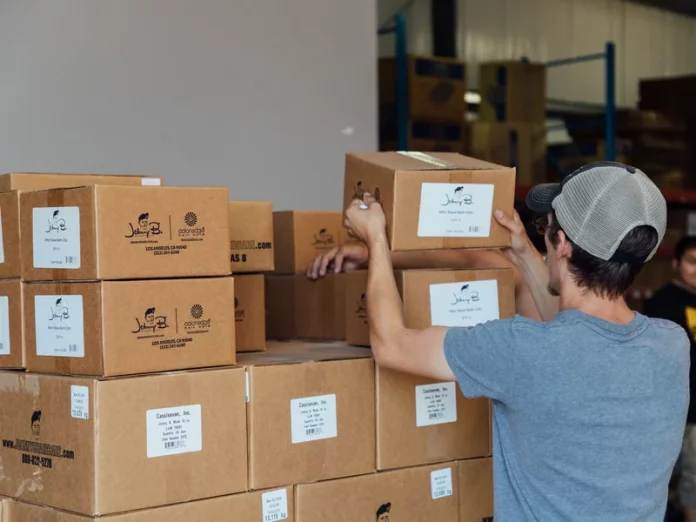Suavecito was the first product that Douglas Mrdeza listed to sell on Amazon back in 2014. He had ordered a bit too much of the specialty hair pomade for his barbershop in East Lansing, Michigan. He wanted to see whether he could offload some online.
It sold out. So, he ordered more. This time he paid Amazon some extra money to use its warehouse storage and shipping service.
“I did the calculation, bought what would have sold in a month and sent it in,” Mrdeza says. “And it sold out in like a day.”
He was hooked. He started selling more hair and beauty products on Amazon. Soon that part-time hustle became his full-time business, Top Shelf Brands. Within a couple of years, Mrdeza had more than 40 employees, ran four warehouses and was bringing in $10 million in revenue, he says. Soon, it was making $25 million.
“It was thriving, for sure,” Mrdeza says. “We were all in.”
Douglas Mrdeza’s Amazon store took off after it launched in 2014. But by 2022, it was bankrupt.
None of it lasted. Today, Top Shelf Brands is bankrupt, its employees laid off and its warehouses shuttered. It’s one of an untold number of third-party Amazon merchants that cashed in and then lost it all. And it serves as an illustration of their precarious position on Amazon, where everything can change from one day to the next.
Mrdeza’s story is at the heart of a lawsuit that the Federal Trade Commission brought against Amazon in September. The suit, which was joined by 17 state attorneys general, alleges the company illegally used its monopoly power to stamp out rivals, which ultimately hurts consumers. The FTC says Amazon punishes third-party sellers that offer lower prices on other sites, strong-arms them into using its shipping service and hikes up fees indiscriminately.

